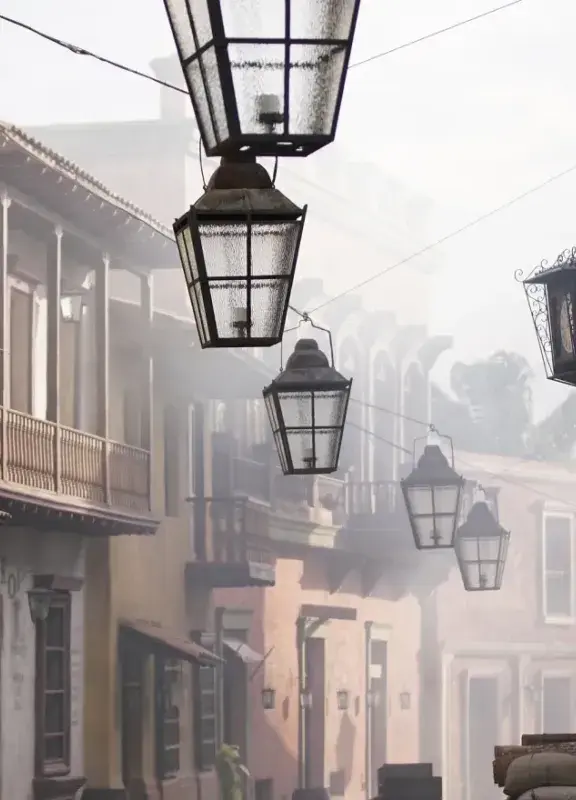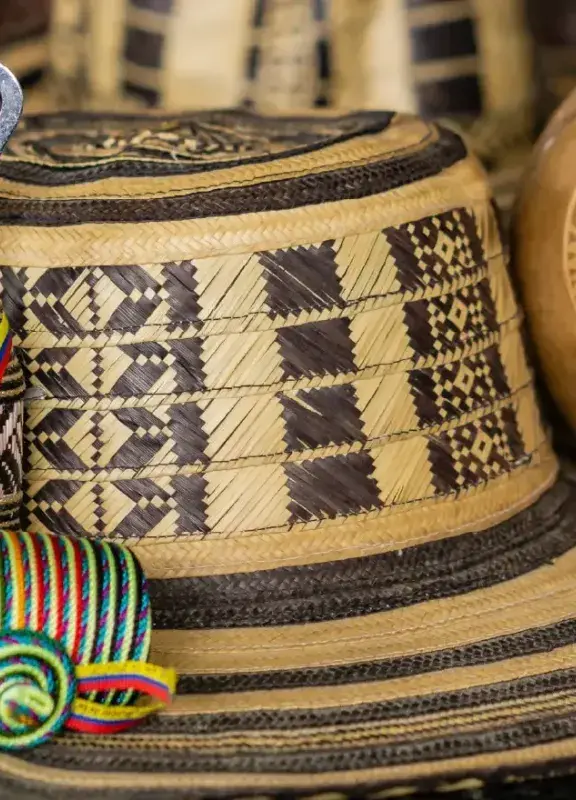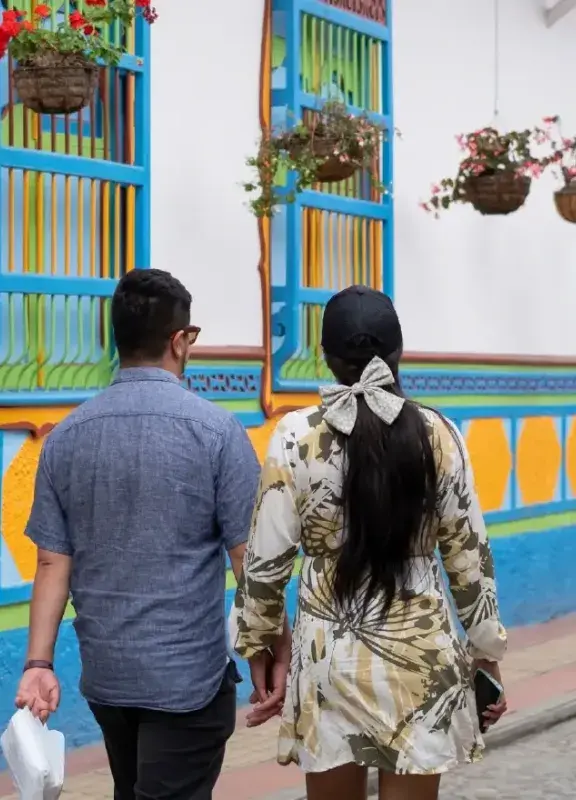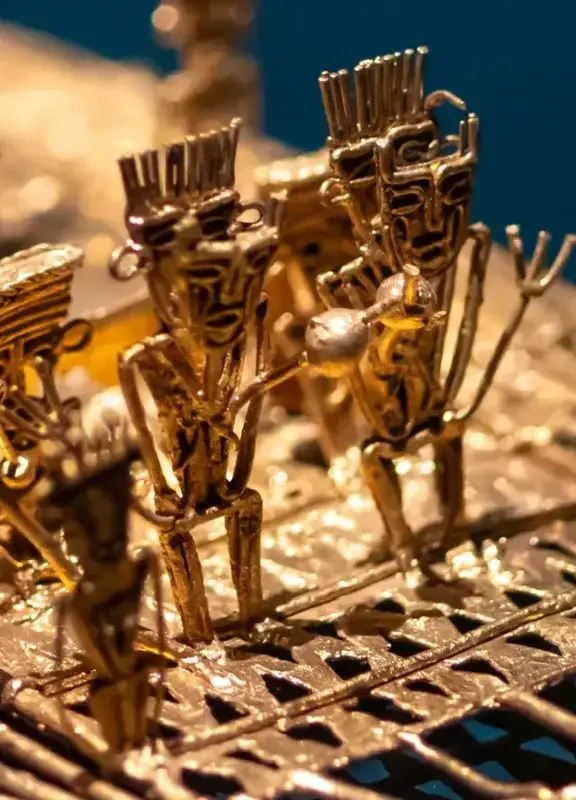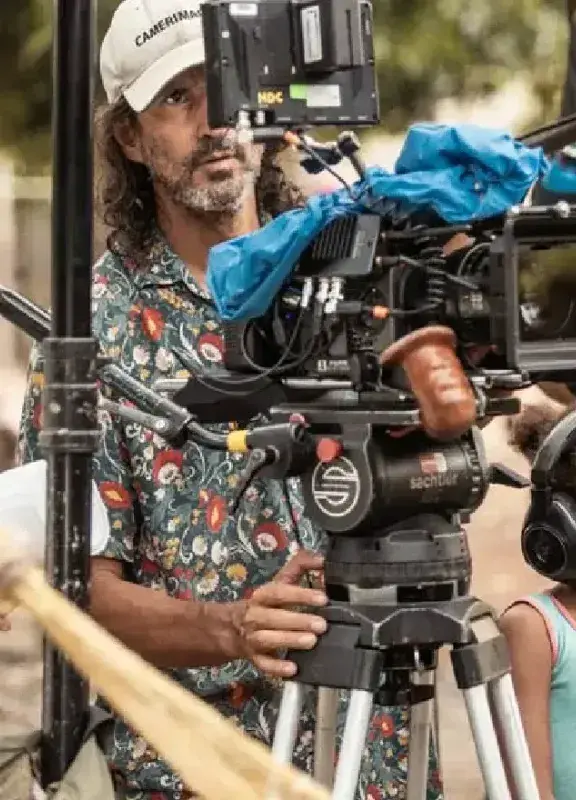Colombia’s most beloved sports: Tejo and Chaza
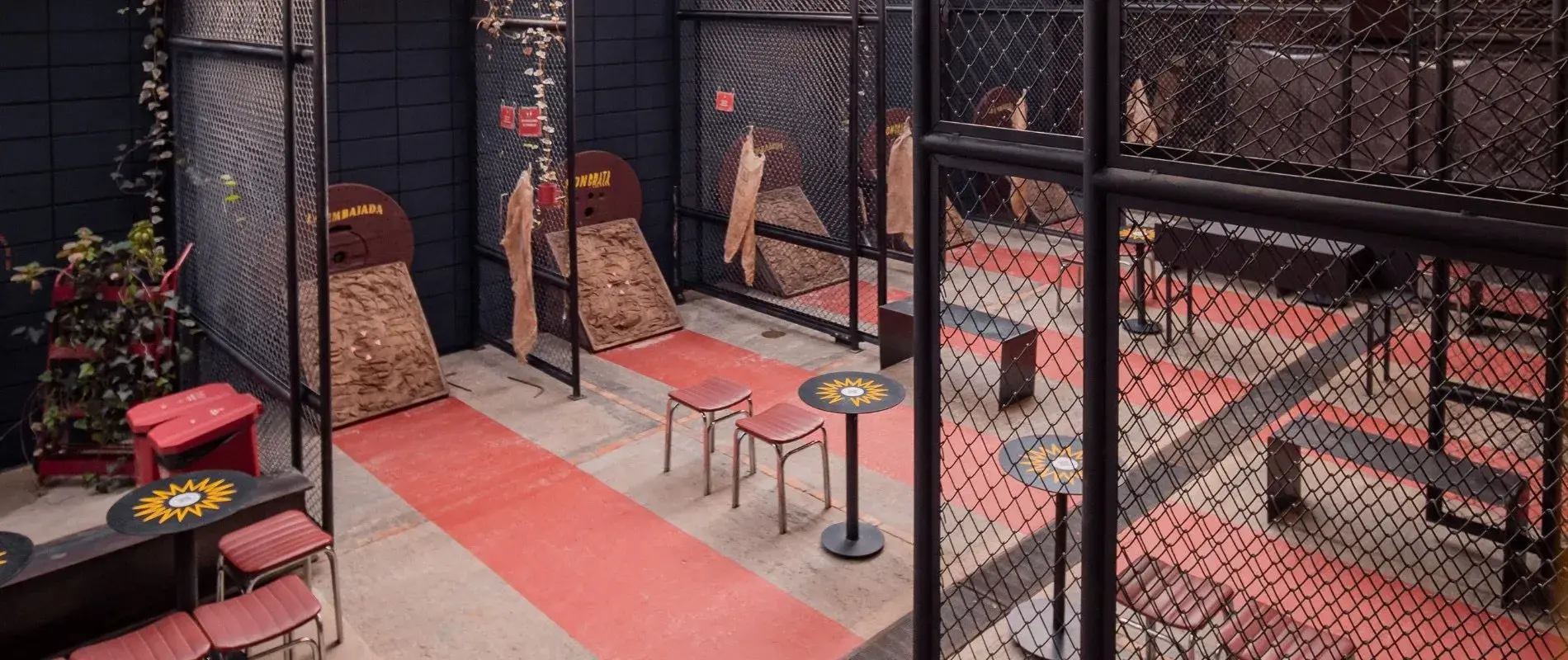
The smell of gunpowder fuses, the joy, the hugs, and the camaraderie are the main elements of a scene that repeats itself over and over again in the Colombian tejo courts. Here, the soccer ball is replaced by the tejo, and the goal by a wooden board and a box filled with clay or modeling compound, featuring several gunpowder fuses arranged in equilateral triangles.
Entering a tejo field means immersing yourself in a cheerful atmosphere, listening to jukebox music, and enjoying traditional Colombian dishes such as chicken platter, chunchullo, and pelanga. Without a doubt, all these elements represent an authentic experience of Colombian popular culture.
A tradition that never goes out of style
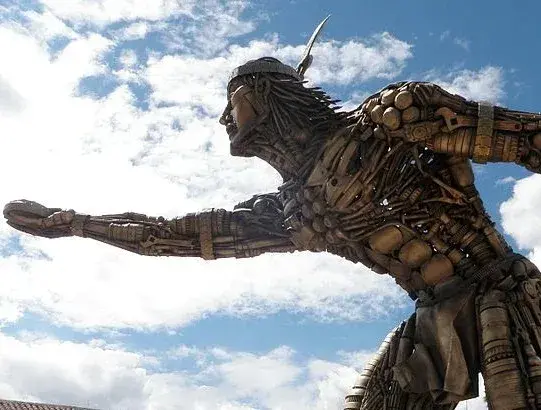
The history of this Colombian sport dates back more than 500 years in Turmequé, Boyacá. Legend has it that Turmequé was an important center where Indigenous communities gathered to trade goods, barter, and hold sporting events.
According to an article from Voice of America, at the beginning of the century it was declared the country's native sport. And in 2019, the Colombian State recognized it as Intangible Cultural Heritage of the Nation. Below, we explain in detail how this Colombian national sport is played.
Playing tejo
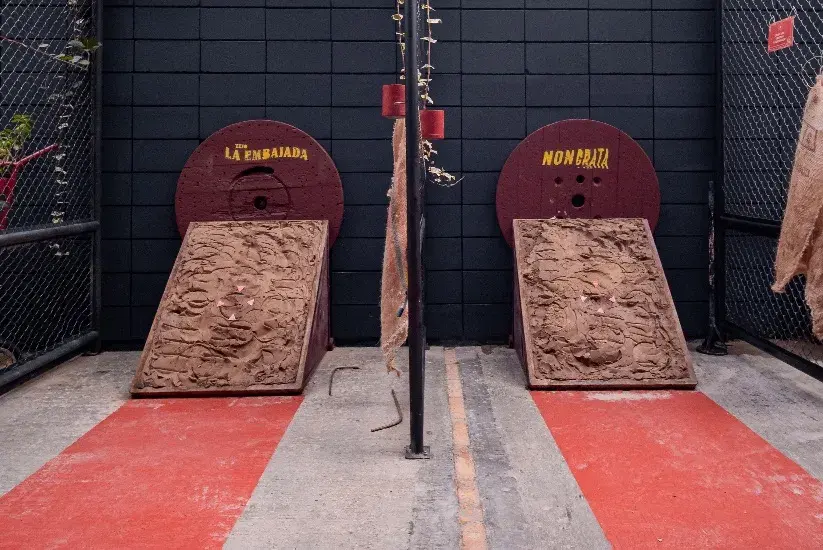
Playing tejo is an art — here’s how it’s done in three simple steps:
- First, a metal disc is thrown toward the court, which is made of materials such as bamboo, soil, clay, and sacks.
- Then, it’s important to know that within the area where the disc lands, there is a metal ring or “bocín” on which four fuses are placed.
- The goal is to make these four fuses explode by throwing the disc from a set distance.
Ready for the match!
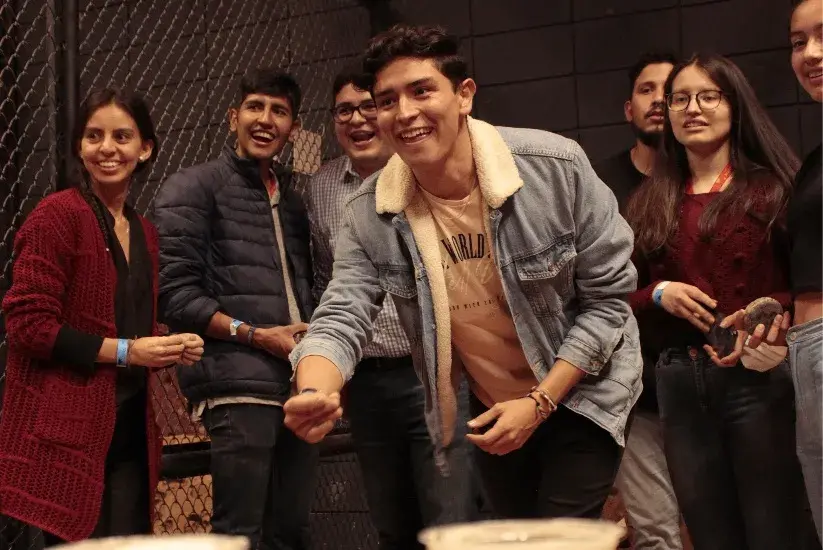
To play a game of tejo, all participants position themselves on one of the two courts. The order of play is then drawn. If playing in teams, players take turns alternately. Once the order is established, the first player throws their tejo, followed by the others.
For a throw to be valid, the disc must land directly on the clay box without touching external elements such as the floor, boards, or court edges. The winning team is the first to reach 27 points.
How to win a tejo match
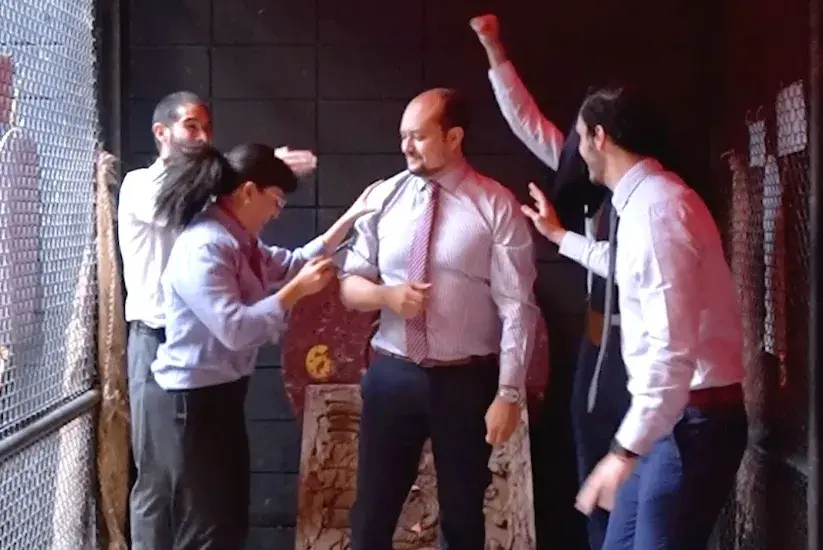
To reach the 27 points needed to win, you can perform any of these four plays: Hand: One point is awarded to the tejo that lands closest to the “bocín” at the end of the round, as long as no fuses, “embocinadas,” or “moñonas” have been scored in that round.
Fuse: Three points are earned by the player who hits and explodes a fuse with the tejo. Embocinada: Six points are awarded when the tejo lands inside the “bocín” with its flat side facing the board. Moñona: Nine points go to the player who simultaneously scores an “embocinada” and a “fuse.”
The Colombian tejo, deeply rooted in the country’s tradition and culture, represents much more than just a game. It is a national pride that, with its historic roots and vibrant nature, continues to resonate in the hearts of those who play it — reminding us of the importance of preserving our traditions and celebrating our cultural heritage on National Sports Day. To enjoy this ancient Colombian sport, we invite you to visit Tejo la Embajada in Bogotá — an ideal place to share a traditional experience while enjoying snacks and drinks that bring this Colombian tradition to life. Learn more about tejo, plans, and the menu at tejolaembajada.com.
 Welcome, you are in
Welcome, you are in 



